Winter vegetables are crops that thrive and can be harvested during the colder months between December and March. These vegetables are typically hardy and capable of withstanding lower temperatures and frost.
They are often root vegetables, leafy greens, and certain types of brassicas that develop their best flavors and textures when grown in cool conditions. Winter vegetables are known for their nutrient density, providing essential vitamins and minerals when fresh produce is scarce.
They are commonly used in various warming, hearty dishes such as soups, stews, and roasts. These crops are crucial for sustaining local food supplies during the winter and can be stored for extended periods.
Later, you’ll learn some classic winter choices in various countries worldwide. If you are searching for recipes to cook them, don’t skip the last section! So, wait no more! Let’s jump right in and explore the world of vegetables for wintertime.
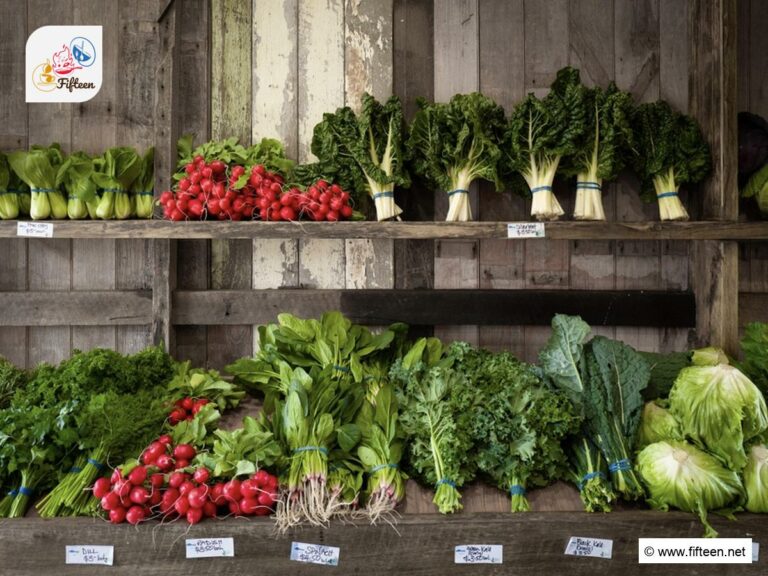
20 Best Winter Vegetables To Enjoy
Here are the details of 20 amazing veggies for winter meals, providing a healthy addition to your diet. Use the filter below to search for your beloved ones!
Brussels Sprout
- For Dishes
Brussels sprout is a small, leafy green vegetable that grows in clusters along a tall, thick stalk. Each sprout resembles a miniature cabbage, typically measuring 1.5 to 4 centimeters in diameter.
These sprouts are known for their slightly bitter taste and firm, thriving, dense texture that softens when cooked.
They thrive in cool climates and are traditionally harvested from late autumn to early spring, making them a staple winter vegetable. Brussels sprouts can be roasted, steamed, sautéed, or even enjoyed raw in salads, adding a spicy profile.
Red Cabbage
- For Dishes
- For Garnishes
Red cabbage is a variety of cabbage with dark red or purple leaves, which change color depending on the soil’s pH level. This vegetable can be used in salads, coleslaws, and as a cooked side dish. It is often featured in traditional German cuisine, particularly during winter.
The leaves are firm and slightly peppery, offering a crisp texture that holds up well in raw and cooked dishes. Commonly, people start seeding red cabbage in spring and harvesting it in late autumn.
Carrot
- For Dishes
- For Garnishes
Carrot is a versatile root vegetable, boasting a crunchy texture and sweet flavor. Typically orange, carrots also come in purple, black, red, white, and yellow varieties.
The taproot, which is the part most commonly consumed, is long and conical or cylindrical, with a smooth exterior. Carrots can be eaten raw, providing a crisp bite, or cooked, becoming tender and slightly sweeter.
Cauliflower
- For Dishes
Cauliflower is a winter vegetable with a large, edible head composed of tightly clustered florets. This head, also called the curd, is usually white but can also be found in orange, purple, and green varieties.
Common cauliflower produces a mild, slightly nutty flavor and a firm yet tender texture that softens when cooked. It is a versatile ingredient used raw in salads or cooked in dishes like soups, stews, and casseroles.
Kale
- For Dishes
Kale is a leafy green vegetable known for its curly or flat, dark green to purple leaves. This hardy plant has a slightly bitter, earthy taste and a robust texture that can be enjoyed raw or cooked.
The vegetable thrives in cooler climates, making it a popular crop for fall and winter gardens. Ideally, kale is used in salads, smoothies, and as a cooked side dish.
Leek
- For Dishes
Leek is a vegetable closely related to onions, garlic, and chives, featuring long, slender white bulbs and green, flat leaves. These oversized onions have a mild, sweet, and slightly onion-like flavor, accompanied by a firm and crunchy texture.
Ideally, people use leeks in soups, stews, and sautéed dishes or enjoy raw in salads. Cultivated year-round, leeks thrive in well-drained soil and are a favorite crop that can survive the winter months.
Parsnip
- For Dishes
Parsnip is a root vegetable especially prized during the winter months for its creamy white color and sweet, earthy flavor. The vegetable has a long, tapered shape and a firm, smooth texture.
When left in the ground to mature, especially after winter frosts, parsnip becomes sweeter. You can munch on raw parsnips for a crunchy texture or cook them for a much more tender texture and sweeter taste.
Turnip
- For Dishes
Turnip is a root vegetable of the cold winter months known for its round shape and smooth, white flesh, with the upper part often tinged purple or green from sun exposure. The vegetable has a mild, slightly sweet, and earthy flavor with a crisp texture.
Interestingly, turnips are closely related to cabbages and mustards, used in soups, stews, roasted, or eaten raw in salads. The greens, or “turnip tops,” have a mustard-like flavor and are also edible, commonly prepared as a cooked side dish.
Rutabaga
- For Dishes
Rutabaga is a root vegetable enjoyed in winter for its round shape and typically yellow-orange flesh. This root-vegetable has a purplish or yellowish outer skin with a mildly sweet, earthy flavor and a firm, dense texture.
They are commonly used in various culinary traditions, especially in cooler climates, where they are harvested in late fall and winter. Rutabagas can be roasted, mashed, or added to soups and stews.
Plus, rutabagas are known by different names globally, including “swede” in many Commonwealth countries.
Winter Squash
- For Dishes
Winter squash is a group of warm-season vegetables that includes varieties like butternut, acorn, and spaghetti squash. These squashes are known for their hard, thick rinds and rich, sweet flavors that develop further with storage.
They come in various shapes and colors, from acorn squash’s dark green, ribbed exterior to the smooth, tan skin of butternut squash. When cooked, the flesh is typically dense and vibrant orange or yellow, offering a sweet and nutty taste.
Winter squash is harvested in late summer to early fall and can be stored for several months, making it a staple for winter meals.
Beet
- For Dishes
- For Garnishes
Beet is a vibrant root vegetable prized for its deep red or golden color and sweet, earthy flavor. The bulbous root is a common pick in winter, typically round or cylindrical, and offers a firm, smooth texture.
The root can be roasted, boiled, steamed, or eaten raw, adding a crunchy texture to salads. The leafy greens are also edible, with a taste and texture similar to spinach.
Broccoli
- For Dishes
Broccoli is a cool-weather vegetable, often enjoyed in winter, featuring large, green flowering heads and thick stalks, with heads composed of numerous tiny flower buds. These buds are firm and crunchy, accompanied by a mildly bitter, earthy taste.
Commonly, broccoli is harvested before the buds bloom into yellow flowers. You can steam, roast, or stir-fry broccoli to reduce the bitter taste.
Swiss Chard
- For Dishes
- For Garnishes
Swiss chard is a popular leafy green vegetable in the winter months known for its vibrant, colorful stalks that range from white and yellow to red. The large, crinkled leaves are typically dark green, though some varieties may have a reddish hue.
The crunchy stalk has a slightly bitter, earthy flavor that eases when cooked. The vegetable can be harvested continuously, making it a reliable crop from spring through late autumn.
Radicchio
- For Dishes
- For Garnishes
Radicchio is a leafy vegetable usually enjoyed in winter with white-veined red leaves and compact, head-like shape. The leafy vibrant head has a slightly bitter and spicy flavor that mellows when grilled or roasted.
As for the texture, it is crisp, firm, and crunchy when enjoyed raw. Originating from the Veneto region of Italy, radicchio was cultivated for its distinct coloration and taste.
Endive
- For Dishes
- For Garnishes
Endive is a leafy vegetable enjoyed in the winter months, with a slightly bitter taste and crisp texture. An endive head features curly or broad, pale green leaves, depending on the variety.
The curly endive, or frisée, has narrow, curly outer leaves, while the escarole, or broad-leaved endive, has wider, less bitter leaves.
Endive is commonly used in salads, providing a unique flavor and crunchy texture, but it can also be sautéed or added to soups and stews.
Collard Green
- For Dishes
Collard green is a leafy vegetable of large, dark green leaves and a slightly bitter taste. The leaves are thick and sturdy, offering a firm texture for consumption during the cold winter months.
These leaves are closely related to kale and are part of the Brassica oleracea species. They grow on upright stalks and can reach up to two feet in height.
This vegetable is particularly popular in Southern U.S. cuisine, cooked with smoked meats and seasoned to enhance its flavor. Collard greens are also a staple in East African dishes, known as sukuma wiki, where they are sautéed with onions and spices.
Mustard Green
- For Dishes
Mustard green is a leafy vegetable recognized for its large, ruffled leaves and peppery flavor. Enjoyed during the cold winter season, these greens can range in color from deep green to shades of purple.
When eaten raw, mustard greens have a pungent, spicy taste, which becomes more complex when cooked.
Mustard greens are widely used in various cuisines, including Southern U.S. dishes, African recipes, and Asian cooking, where they are pickled, stir-fried, or used as a flavorful ingredient in mixed greens dishes.
Spinach
- For Dishes
Spinach is a leaf vegetable with soft, tender leaves and mildly sweet flavor when young, becoming more robust as it matures. The leaves are popular during the colder months, typically dark green and can vary in shape from oval to arrow-shaped.
The veggies offer a slightly crisp texture or wilt down and gain a richer taste when cooked. Native to central and western Asia, spinach can be found year-round, commonly added to salads, soups, and smoothies.
Escarole
- For Dishes
Escarole is a leafy crop of broad, slightly curly leaves ranging in color from pale green to dark green. It offers a mildly bitter flavor along with a crisp and slightly chewy texture when raw.
Escarole belongs to the chicory family and is often confused with other types of endives if not inspected properly by looking at the leaf’s texture.
Radish
- For Dishes
- For Garnishes
Radish is a root vegetable with a crisp texture and peppery flavor, used to add a refreshing crunch to salads during the cold winter. The pungent root comes in a variety of shapes and colors, including red, white, purple, and black, with sizes ranging from small, round bulbs to elongated forms.
The flavor of radishes can range from mild to quite spicy, influenced by their growing conditions. When raw, they provide a firm bite, but they can also be cooked to soften their texture and mellow their flavor.
What Are Popular Vegetables Grown in Winter in Different Countries?
Following are common vegetable examples in 6 different countries across the world.
What Are Ideal Recipes To Cook Winter Vegetables?
If you don’t know what to cook with these winter seasonal veggies, check out these 6 cooking ideas for more inspiration.
Ready to embrace the bounty of winter vegetables? Share your favorite choices and their recipes in the comments. Please also click like and share if you find this post useful. Thank you!


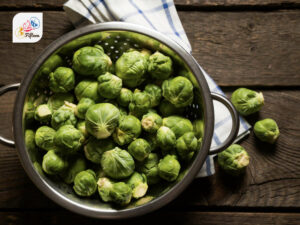
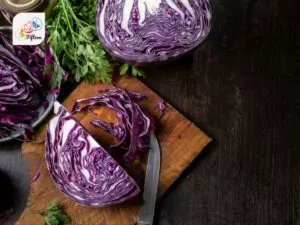
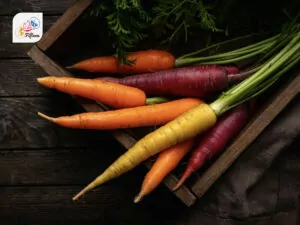
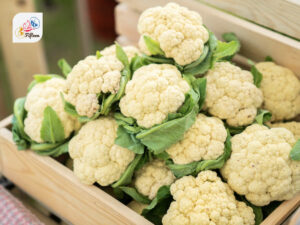
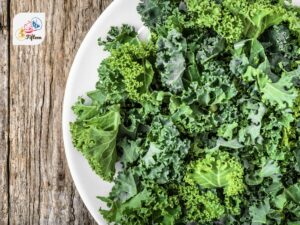
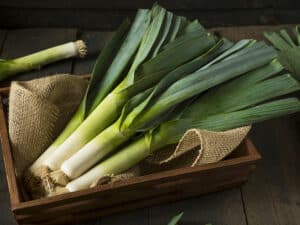
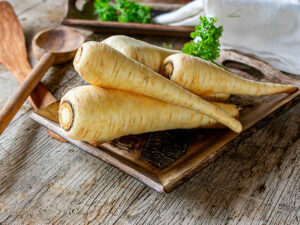
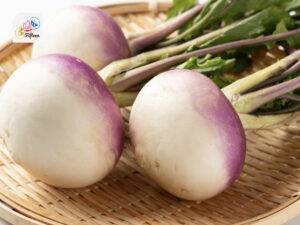
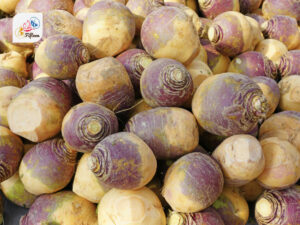
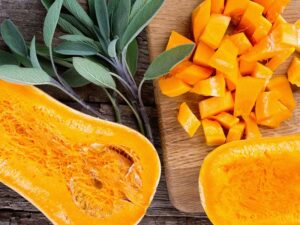
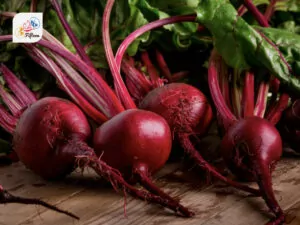
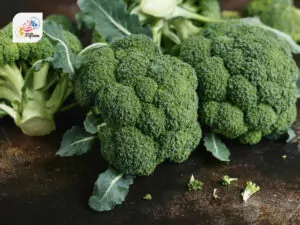
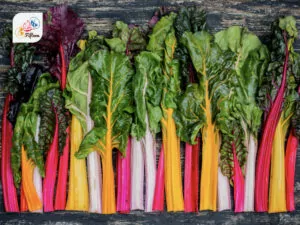
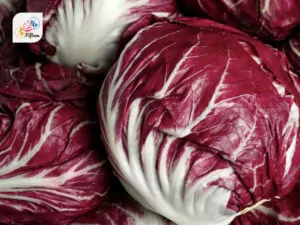
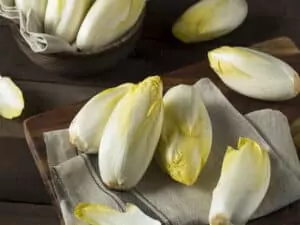
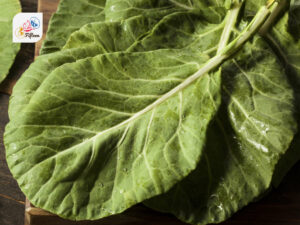
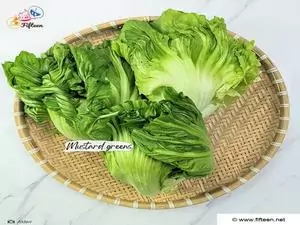
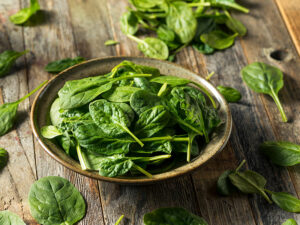
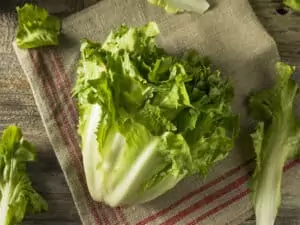
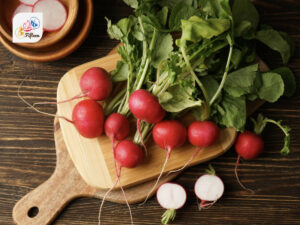
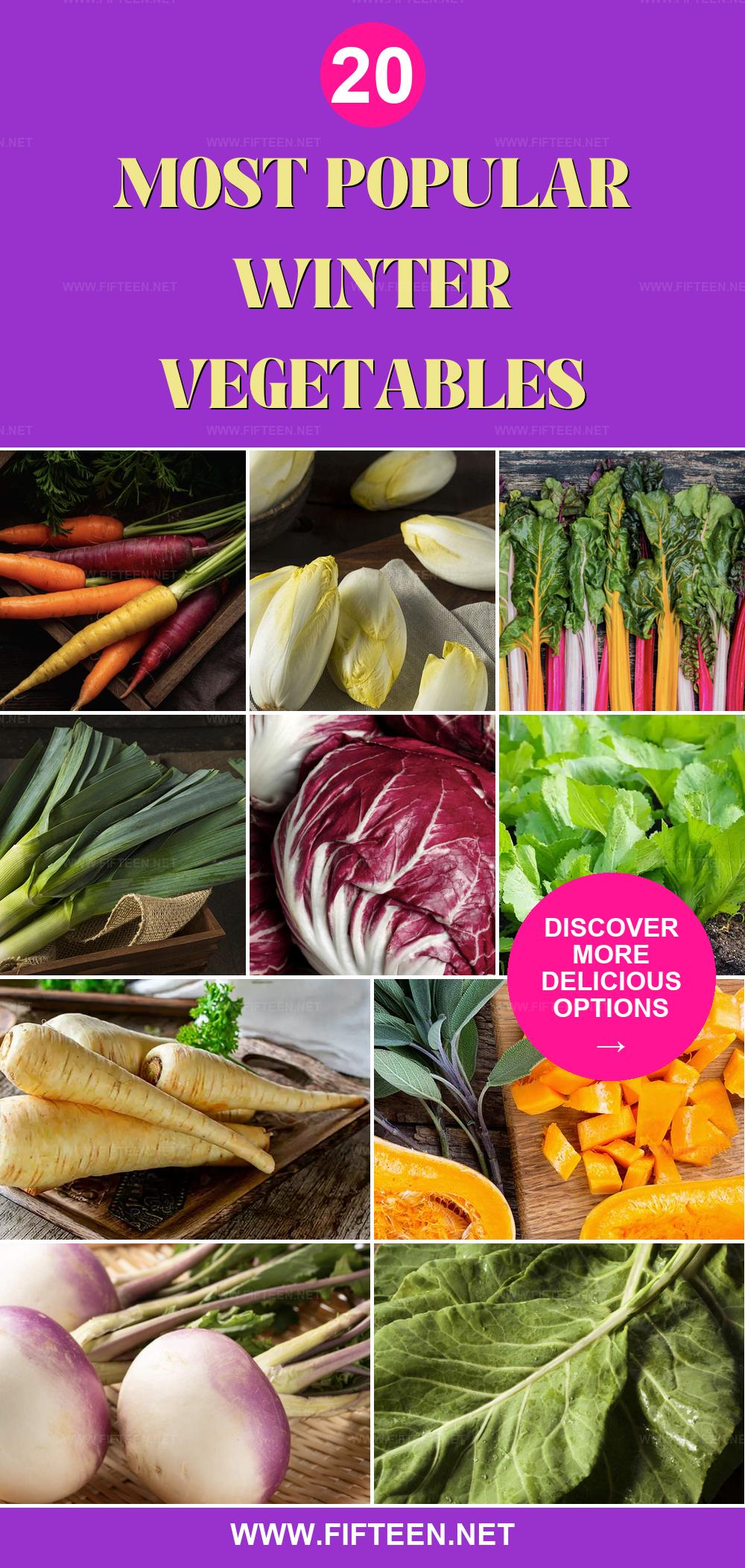
Jamie Scott
Editor in Chief, Senior Content Writer
Expertise
Home Cooking, Meal Planning, Recipe Development, Baking and Pastry, Food Editor, Cooking-video Maker, Western Food Evaluation Expert
Education
Le Cordon Bleu College of Culinary Arts
Local Community College, New York, NY
Jamie Scott is a skilled culinary expert and content creator specializing in Western cuisine. With over 15 years in the culinary field and formal training from Le Cordon Bleu, Paris, Jamie deeply understands how to blend nutrition with delicious flavors. His passion for cooking matches his commitment to making healthy eating accessible and enjoyable.
On Fifteen.net, Jamie brings a fresh perspective to classic dishes and beverages, offering readers insightful recipes, cooking tips, and a fresh view on meal planning that emphasizes taste, health, and simplicity.